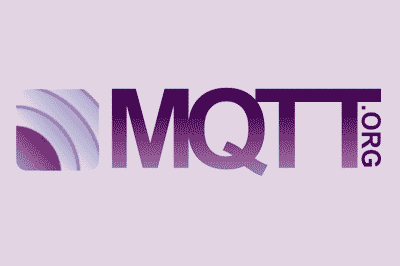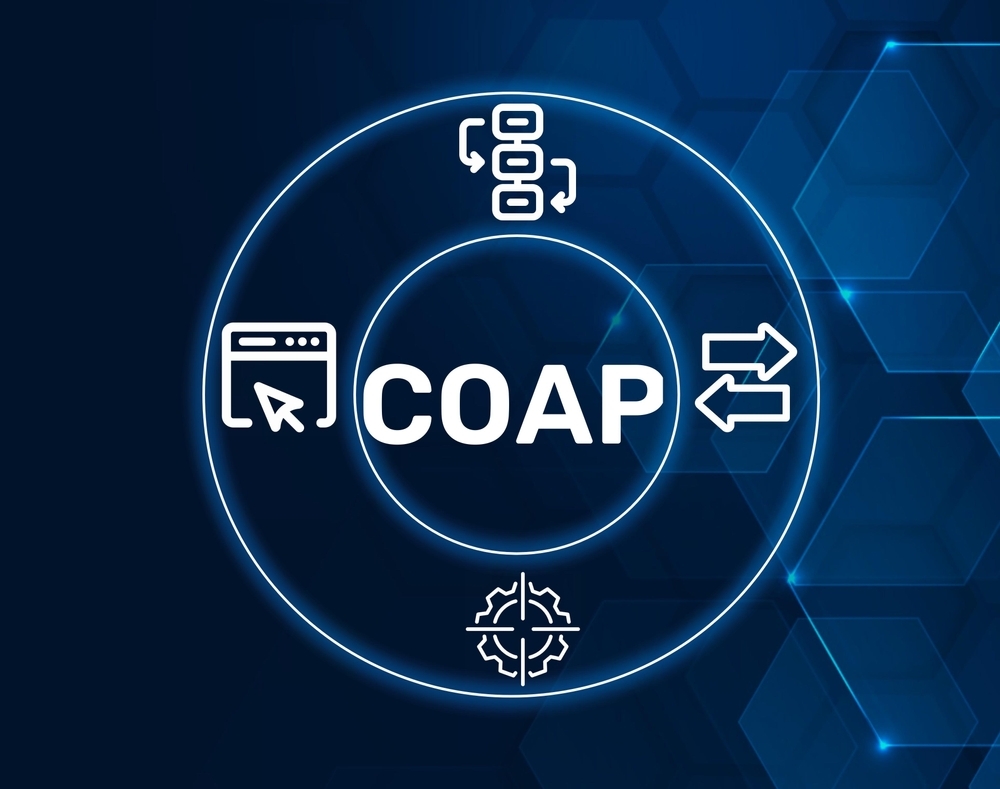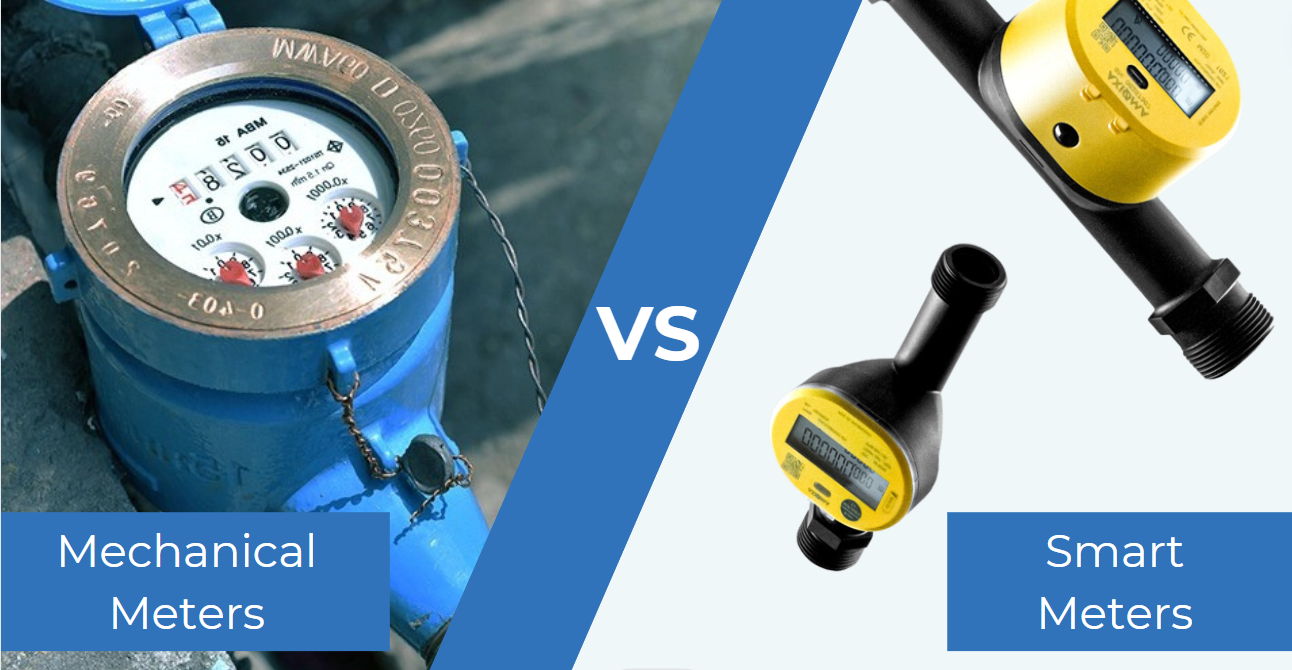Introduction
The Internet of Things (IoT) has transformed the way businesses, governments, and individuals interact with devices and data. From smart meters and connected cars to healthcare monitoring systems and industrial automation, billions of devices now require reliable connectivity to exchange data in real time. At the heart of this connectivity revolution lies a combination of powerful communication protocols and resilient network infrastructure.
One of the most widely adopted communication protocols for IoT is MQTT (Message Queuing Telemetry Transport). Designed to be lightweight, efficient, and scalable, MQTT allows IoT devices to communicate even in environments with low bandwidth, high latency, or unstable connections. On the other side of the equation, IoT SIM cards provide the cellular connectivity that allows these devices to transmit and receive data over 2G, 3G, 4G, LTE-M, or NB-IoT networks.
When paired together, MQTT and IoT SIM cards create a seamless solution for remote monitoring and control. This combination allows organizations to track assets, control devices, and optimize operations from virtually anywhere in the world. Whether it is monitoring smart gas meters in Rwanda, managing a fleet of connected vehicles in Europe, or running predictive maintenance in industrial plants, the synergy between MQTT and IoT SIM cards ensures cost-effectiveness, reliability, and scalability.
In this blog, we will dive into the details of MQTT, explore how IoT SIM cards function, and explain why their integration is critical for the success of remote monitoring and control applications.
What is MQTT?
MQTT (Message Queuing Telemetry Transport) is a lightweight publish-subscribe messaging protocol that was originally developed by IBM in 1999. It was specifically designed to address the challenges of communicating with devices in environments where bandwidth is limited, networks are unreliable, or hardware resources are constrained. Because of its simplicity and efficiency, MQTT has become the de facto standard protocol for IoT communication.
Key Characteristics of MQTT
- Lightweight and Efficient
Unlike heavy communication protocols such as HTTP, MQTT has minimal overhead, making it ideal for devices with limited processing power and low energy consumption. For instance, a smart sensor using MQTT can transmit its data packets with minimal resource usage, ensuring longer battery life and faster performance. - Publish/Subscribe Model
MQTT is based on a publish-subscribe architecture, which differs from the traditional client-server model. In this system, devices can “publish” messages to specific topics, and other devices or applications that are “subscribed” to those topics will automatically receive the data. This decouples the sender and receiver, making communication more flexible and scalable. - Reliable Communication
MQTT provides different levels of Quality of Service (QoS):- QoS 0: At most once (fire and forget).
- QoS 1: At least once (ensures message delivery but may create duplicates).
- QoS 2: Exactly once (the most reliable, but requires more bandwidth).
- Optimized for Remote Monitoring
MQTT is ideal for remote monitoring because it works well with unstable or low-bandwidth connections. Even if a device briefly loses connectivity, MQTT brokers can queue the messages and deliver them once the device reconnects. - Open and Widely Adopted
MQTT is an open standard managed by OASIS and supported by almost all major IoT platforms, including AWS IoT, Microsoft Azure IoT Hub, and Google Cloud IoT Core. Its popularity ensures strong community support, abundant documentation, and seamless integration with IoT devices worldwide.
Why MQTT Matters in IoT
IoT environments often face three key challenges: low power, low bandwidth, and unreliable networks. Traditional protocols like HTTP or FTP are not suitable for such conditions because they require too much data overhead and consume too many resources. MQTT was created to overcome these limitations by ensuring reliable communication with minimal resource consumption.
For example, in a smart metering scenario, thousands of meters need to send small packets of data (like gas or electricity usage) at regular intervals. Using HTTP would be inefficient, but MQTT ensures each message is delivered with low latency and minimal energy use.
Because of these strengths, MQTT has become the backbone of IoT communication, enabling industries such as energy, agriculture, logistics, healthcare, and manufacturing to build scalable and cost-effective IoT solutions.
How IoT SIM Cards Work
While MQTT provides the communication protocol that governs how messages are exchanged between devices and servers, there must also be a reliable medium that enables these devices to connect to the internet. This is where IoT SIM cards come into play.
What Are IoT SIM Cards?
IoT SIM cards, also known as M2M SIM cards, are specialized SIM cards designed for connecting machines, sensors, and devices to cellular networks. Unlike traditional consumer SIM cards used in smartphones, IoT SIM cards are optimized for:
- Long-term deployments (devices may stay in the field for years).
- Low data usage (sending small packets of data instead of streaming).
- Global connectivity (multi-network roaming capabilities).
- Scalability (supporting thousands or millions of devices).
These SIM cards work seamlessly across 2G, 3G, 4G, LTE-M, NB-IoT, and even 5G networks, depending on the device’s compatibility and the operator’s infrastructure.
Key Features of IoT SIM Cards
- Multi-Network Access
IoT SIM cards often support multiple carrier networks in a single country or region. If one network is weak or unavailable, the SIM can automatically switch to another, ensuring high reliability. - Low Data Plans
Unlike consumer SIMs that may offer gigabytes of data, IoT SIMs are optimized for applications where each device may only need a few kilobytes or megabytes per month. For instance, a smart meter transmitting usage data once every hour consumes minimal data. - Remote Management
IoT SIMs can be managed through an online platform where businesses can activate, deactivate, monitor, or configure SIMs remotely. This reduces maintenance costs and makes it easier to scale operations. - Durability and Longevity
Many IoT SIM cards are available in industrial-grade versions, designed to withstand extreme temperatures, humidity, or vibration. This makes them suitable for outdoor or industrial deployments. - Security Features
IoT SIMs often come with enhanced security, such as private APNs, VPNs, and encryption options. These features are critical in industries like healthcare, finance, or utilities where data integrity is paramount.
How IoT SIMs Enable IoT Applications
In practical terms, IoT SIM cards provide the cellular link that allows IoT devices to transmit MQTT messages to brokers or cloud platforms. Without cellular connectivity, remote devices located outside Wi-Fi range (e.g., in rural areas, vehicles, or distributed infrastructure) would be unable to communicate.
By ensuring continuous, scalable, and affordable connectivity, IoT SIM cards form the backbone of global IoT ecosystems. Whether it’s a smart water meter in Africa, a GPS tracker in Europe, or an agricultural sensor in Asia, IoT SIM cards keep devices online and connected to MQTT networks.
MQTT + IoT SIM Cards: A Perfect Match
Now that we understand the basics of MQTT and IoT SIM cards, the question is: why do these two technologies complement each other so well?
The answer lies in the overlapping goals of both technologies: efficiency, reliability, and scalability.
Synergy Between MQTT and IoT SIMs
- Optimized for Low Bandwidth
IoT SIM cards often operate in areas where bandwidth is limited or expensive, such as rural or developing regions. MQTT is specifically designed to function in low-bandwidth environments, ensuring messages are delivered efficiently without overloading the network. - Reliable Remote Communication
Devices using IoT SIMs may experience intermittent connectivity, for example, when moving between network towers or switching carriers. MQTT’s ability to buffer and resend messages ensures that no critical data is lost during these transitions. - Cost-Effective Data Transmission
Since many IoT SIM cards are billed based on data usage, minimizing data consumption is critical. MQTT reduces overhead in every transmission, allowing businesses to save significantly on operating costs while maintaining communication reliability. - Scalability for Large Networks
Both IoT SIM cards and MQTT are designed with scalability in mind. A utility company deploying 50,000 smart meters, each with an IoT SIM, can easily manage communication using MQTT’s publish/subscribe model, avoiding the inefficiencies of point-to-point connections. - Security and Reliability
MQTT can be integrated with TLS/SSL encryption for secure data transmission, while IoT SIMs can leverage private APNs and VPNs. Together, they create a secure communication pipeline suitable for industries like energy, healthcare, and logistics.
Example Use Cases
- Smart Metering
Gas, water, and electricity meters equipped with IoT SIM cards transmit usage data via MQTT to centralized servers. Utilities can monitor consumption in real time and control meters remotely for billing or load balancing. - Fleet Management
Vehicles fitted with GPS trackers and IoT SIMs publish location and status updates using MQTT. Fleet managers can monitor vehicles in real time, optimize routes, and receive alerts about anomalies. - Remote Healthcare Monitoring
Medical devices with IoT SIMs can send patient data over MQTT to doctors or hospitals. This is particularly valuable in rural areas with no Wi-Fi infrastructure but reliable cellular coverage. - Agriculture and Smart Farming
Soil sensors, irrigation systems, and weather stations equipped with IoT SIMs use MQTT to deliver real-time updates, enabling farmers to optimize crop yields and water usage.
Why This Combination Matters
The integration of MQTT and IoT SIM cards is not just about connectivity—it’s about enabling remote monitoring and control on a global scale. Together, they allow businesses and governments to collect data from distributed devices, analyze it in real time, and take immediate action. This capability leads to cost savings, improved efficiency, and better decision-making across industries.
Use Cases: Remote Monitoring and Control
The combination of MQTT and IoT SIM cards is powerful because it directly addresses the needs of industries that rely on remote monitoring and control. These are applications where devices are often deployed in locations far away from traditional broadband infrastructure, yet require consistent and reliable connectivity to transmit and receive data.
Below are some of the most common and impactful use cases:
1. Smart Utilities and Metering
Smart meters for gas, water, and electricity require low-cost, low-bandwidth connectivity. Using IoT SIM cards, meters can connect over cellular networks to transmit consumption data. Through MQTT, these data packets are sent efficiently to utility servers for billing, load management, and predictive maintenance. Utilities can also remotely disconnect or reconnect meters, reducing the need for manual field visits.
2. Smart Agriculture
Agriculture is increasingly dependent on real-time data. Farmers can deploy soil sensors, irrigation systems, and livestock trackers with IoT SIM cards to collect environmental data. These devices use MQTT to publish updates on soil moisture, temperature, and animal movement. Remote monitoring allows farmers to make informed decisions, while remote control enables automated irrigation or livestock tracking, saving time and resources.
3. Industrial IoT (IIoT) and Manufacturing
Factories and industrial facilities rely on continuous data from equipment and machinery. IoT SIM cards connect these machines to central monitoring systems, while MQTT ensures that status updates and alerts are delivered reliably. For example, if a machine is overheating, an MQTT-based system can immediately notify operators and even trigger automated shutdowns, preventing costly downtime.
4. Fleet and Asset Management
Fleet operators need to know the location, status, and performance of their vehicles in real time. GPS devices equipped with IoT SIM cards use MQTT to send location updates and diagnostic data. Managers can remotely monitor fuel consumption, driver behavior, and route efficiency, and even send control commands such as disabling a stolen vehicle.
5. Healthcare and Remote Patient Monitoring
Healthcare providers can use connected medical devices to monitor patients outside hospitals. IoT SIM-enabled devices can transmit vital signs such as heart rate, glucose levels, or blood pressure using MQTT. Doctors receive real-time data and can intervene immediately in emergencies, while patients enjoy the convenience of remote care.
6. Smart Cities
Smart city applications include connected streetlights, parking sensors, and waste management systems. IoT SIM cards provide the network coverage, while MQTT ensures that updates are transmitted efficiently to central systems. For instance, smart waste bins can alert municipal services when they are full, reducing unnecessary collection trips and optimizing resources.
7. Energy and Oil & Gas
Remote energy installations, such as solar farms, wind turbines, or oil pipelines, are often located in areas with poor fixed-line connectivity. IoT SIM cards allow devices to stay connected through cellular networks, while MQTT ensures reliable data transmission on energy production, equipment status, and safety alerts. Remote control capabilities allow operators to adjust settings without visiting the site physically.
In summary, use cases across utilities, agriculture, healthcare, logistics, and smart cities highlight how MQTT and IoT SIM cards deliver reliable, cost-effective solutions for remote monitoring and control.
Advantages of Using MQTT with IoT SIM Cards
The adoption of MQTT combined with IoT SIM cards brings significant advantages to businesses, governments, and organizations that depend on remote IoT deployments. Below are the main benefits:
1. Efficiency in Data Transmission
MQTT minimizes overhead, making it ideal for IoT SIM cards that operate on limited data plans. By only transmitting essential information, companies reduce their data consumption, which translates into significant cost savings across thousands of devices.
2. Reliable Connectivity in Challenging Environments
IoT SIM cards ensure devices can connect to multiple cellular networks, while MQTT ensures reliable message delivery, even in conditions of intermittent connectivity. This is particularly important for devices deployed in rural areas, moving vehicles, or industrial sites.
3. Scalability for Large IoT Deployments
Managing thousands or millions of IoT devices requires scalability. MQTT’s publish/subscribe model allows messages to be distributed efficiently to many subscribers, while IoT SIM management platforms simplify the provisioning and monitoring of large SIM fleets. Together, they provide a scalable framework for global IoT operations.
4. Low Power Consumption
Many IoT devices are battery-powered and must operate for months or years without recharging. MQTT reduces the energy required for communication, while IoT SIMs can operate on low-power cellular technologies such as LTE-M or NB-IoT. This combination extends the lifespan of IoT devices in the field.
5. Enhanced Security
MQTT supports TLS/SSL encryption for secure message delivery, while IoT SIM cards can leverage private APNs, VPNs, and authentication features to ensure that device data remains protected. This dual layer of security makes the combination ideal for sensitive applications in healthcare, finance, or utilities.
6. Global Coverage and Roaming
Many IoT SIM cards offer global roaming across hundreds of carrier networks. MQTT’s lightweight protocol ensures that communication remains efficient even when devices roam across borders. This advantage is critical for logistics, shipping, or international asset tracking.
7. Reduced Operational Costs
By combining efficient communication with reliable connectivity, organizations save money not only on data usage but also on operational expenses such as maintenance and manual interventions. Remote monitoring and control mean fewer site visits, faster response times, and improved productivity.
8. Future-Proof Technology
MQTT is already supported by major cloud platforms like AWS IoT, Azure IoT Hub, and Google Cloud IoT, while IoT SIMs are compatible with emerging cellular technologies like 5G. Together, they provide a future-proof solution that will remain relevant as IoT ecosystems expand.
Challenges and Considerations
While MQTT and IoT SIM cards provide a powerful combination for remote monitoring and control, organizations must be aware of certain challenges and considerations before deploying these solutions at scale.
1. Network Coverage Limitations
Although IoT SIM cards often support multiple carriers, coverage may still be inconsistent in remote or rural areas. If devices lose cellular connectivity entirely, even MQTT’s reliability features cannot compensate. Businesses should conduct thorough site surveys before deployment.
2. Data Costs and Roaming Charges
IoT SIM cards are designed for low data consumption, but costs can escalate quickly if devices transmit more data than expected or if roaming charges apply. Organizations must carefully choose data plans, optimize MQTT message payloads, and monitor usage through SIM management platforms.
3. Device and Protocol Security
While MQTT supports encryption, it is not secure by default. Without proper configuration, devices could be vulnerable to unauthorized access or data interception. Similarly, IoT SIMs must be secured using private APNs, firewalls, and authentication protocols to prevent SIM fraud or misuse.
4. Scalability Management
Scaling up from a pilot project of 100 devices to a deployment of 50,000 devices introduces challenges in SIM provisioning, billing, and monitoring. Without a centralized management platform, organizations risk inefficiencies and increased operational complexity.
5. Hardware Compatibility
Not all IoT devices natively support MQTT or every type of IoT SIM (e.g., NB-IoT vs LTE-M). Businesses must ensure that hardware and firmware are compatible with the chosen connectivity and protocol. Otherwise, integration costs may rise.
6. Latency and Reliability
While MQTT is lightweight, real-time applications such as autonomous vehicles or mission-critical healthcare systems may require ultra-low latency. In these cases, organizations must carefully design their networks and possibly integrate MQTT with higher-performance technologies like 5G.
In short, businesses must carefully balance cost, coverage, security, and scalability when deploying MQTT with IoT SIM cards.
Future Trends in MQTT and IoT Connectivity
As the IoT landscape continues to evolve, both MQTT and IoT SIM technologies are expected to undergo significant advancements. Together, they will play a central role in shaping the future of connectivity.
1. Integration with 5G Networks
With the rollout of 5G, IoT SIM cards will benefit from higher bandwidth, lower latency, and improved reliability. MQTT’s lightweight nature will continue to make it ideal for IoT, but its performance will be amplified by 5G’s capabilities, enabling real-time monitoring in industries such as autonomous vehicles, smart manufacturing, and remote surgery.
2. Edge Computing and MQTT
The trend toward edge computing means that more data processing will happen closer to the devices rather than in centralized cloud servers. MQTT’s publish/subscribe model is highly compatible with edge architectures, allowing for faster response times and reduced data transmission costs.
3. AI and Predictive Analytics
With IoT devices publishing data via MQTT, organizations will increasingly use AI and machine learning to analyze streams of data in real time. IoT SIM cards provide the connectivity, while MQTT ensures efficient delivery, making predictive maintenance and intelligent automation possible.
4. Enhanced Security Standards
As cyber threats grow, future versions of MQTT and IoT SIM platforms will emphasize stronger security, including end-to-end encryption, secure device authentication, and blockchain-based integrity checks.
5. Satellite IoT Connectivity
For devices deployed in areas without cellular coverage (e.g., oceans, deserts), IoT SIM cards may integrate with satellite networks. Combined with MQTT, this will open opportunities for global remote monitoring, from shipping fleets to environmental sensors in remote regions.
6. Wider Adoption of Low-Power Wide-Area Networks (LPWAN)
Technologies such as NB-IoT and LTE-M are growing rapidly, offering cost-efficient solutions for battery-powered IoT devices. MQTT’s low data requirements make it an ideal companion protocol for LPWAN deployments.
Overall, the future of MQTT and IoT SIM cards lies in greater scalability, intelligence, and security, enabling increasingly complex remote monitoring and control systems.
Conclusion
The Internet of Things is only as strong as the technologies that connect it. MQTT provides the lightweight, efficient communication protocol that makes IoT messaging possible under challenging conditions, while IoT SIM cards provide the reliable, global connectivity required for devices to stay online.
Together, MQTT and IoT SIM cards form the foundation of remote monitoring and control systems that are transforming industries worldwide—from utilities and agriculture to healthcare, logistics, and smart cities.
By enabling real-time data exchange, secure communication, and cost-effective scalability, this combination helps businesses and governments achieve greater efficiency, resilience, and innovation.
Call to Action
If your organization is looking to deploy IoT solutions that require reliable remote monitoring and control, now is the time to explore MQTT-enabled IoT SIM connectivity. By adopting this powerful combination, you can:
- Reduce costs while improving communication reliability.
- Scale your IoT network to thousands of devices.
- Secure your data and maintain compliance.
- Future-proof your infrastructure with 5G and AI readiness.
🚀 Start building your next-generation IoT solution with MQTT and IoT SIM cards today.
If you are exploring reliable IoT connectivity solutions, ZhongYi IoT can provide high-quality, cost-effective IoT SIM cards tailored to your business needs.
Whether you are deploying smart metering, remote monitoring, or industrial IoT projects, our SIM cards ensure stable connectivity, flexible plans, and global coverage.
👉 Contact ZhongYi IoT today to learn more and get a customized IoT SIM solution for your project.



